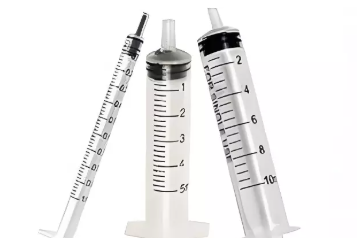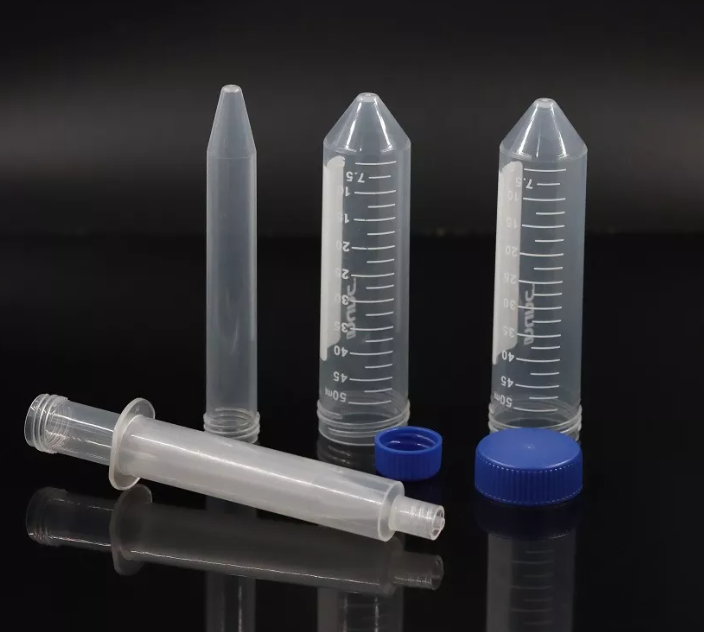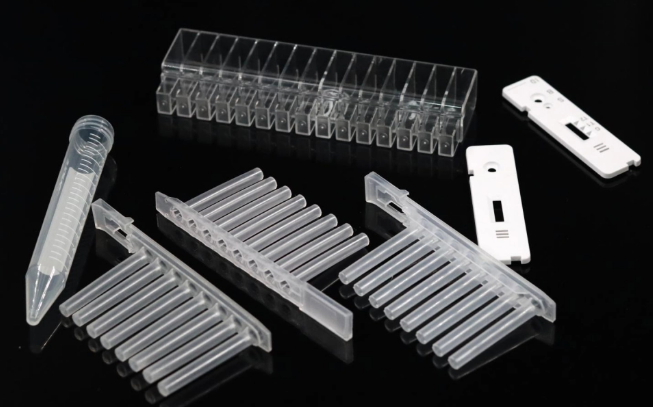Views: 0 Author: Site Editor Publish Time: 2025-07-04 Origin: Site











In the rapidly evolving medical industry, cost reduction and efficiency are pivotal for suppliers aiming to stay competitive. Automated syringe mold systems have emerged as a vital technology in achieving these goals. By streamlining production and minimizing waste, these systems are transforming how medical supplies are manufactured. This article delves into the significant impact of automated syringe mold systems on cost reduction for medical suppliers.
The adoption of advanced Syringe Mold technologies has enabled manufacturers to produce high-quality medical components at a lower cost, thereby enhancing accessibility and affordability of medical supplies globally.

Syringe molds have undergone significant advancements since their inception. Initially, syringes were handcrafted, which was time-consuming and expensive. The introduction of plastic molding techniques revolutionized the industry, allowing mass production of disposable syringes. The latest evolution involves automation, integrating robotics and advanced control systems to further enhance efficiency and precision.
Manual syringe mold production required extensive labor and was prone to human error. Automation addresses these issues by utilizing programmable machinery to perform repetitive tasks with high precision. Automated systems can operate continuously, increasing throughput and reducing the per-unit cost of syringes.
Innovations such as Computer Numerical Control (CNC) machining and advanced software have enhanced the capabilities of syringe mold production. CNC machines allow for intricate designs and tight tolerances, essential for medical-grade components. Additionally, real-time monitoring and data analytics enable manufacturers to optimize processes and reduce downtime.
Automated syringe mold systems contribute to cost reduction in several ways. By minimizing manual intervention, companies reduce labor costs and decrease the likelihood of errors leading to defective products. Automation also accelerates production cycles, allowing manufacturers to meet high demand without proportional increases in operational costs.
Automated systems significantly enhance production efficiency. Machines can operate at optimal speeds without fatigue, ensuring consistent output. For instance, an automated Plastic Syringe Mold system can produce thousands of units per hour, surpassing manual production capabilities.
Precision in automation leads to less material waste. Automated molds are designed to optimize the amount of plastic used, reducing excess and lowering material costs. Advanced gating and runner systems ensure that nearly all injected material forms part of the final product.
Modern automated systems are equipped with energy-efficient technologies. Variable frequency drives and smart controllers adjust energy consumption based on real-time requirements. This results in lower utility bills and a reduced carbon footprint for manufacturing facilities.

Maintaining high-quality standards is crucial in medical supply manufacturing. Automated syringe mold systems ensure consistent product quality, which is essential for compliance with stringent medical regulations. By reducing variability in the production process, manufacturers can produce syringes that meet exact specifications consistently.
Automation allows for the precise control of molding parameters such as temperature, pressure, and injection speed. This level of control ensures that each syringe produced is identical in quality and performance. Consistency reduces the need for extensive quality control measures, thereby saving time and resources.
Automated systems facilitate compliance with regulatory standards like ISO 13485 for medical devices. Detailed data logging and traceability are inherent advantages of automation, providing necessary documentation for regulatory audits. This capability is crucial for Syringe Mold suppliers aiming to operate in global markets.
Several medical suppliers have reported significant cost savings after implementing automated syringe mold systems. These case studies highlight the practical benefits and return on investment associated with automation.
Company A, a mid-sized medical supplier, transitioned to automation and observed a 50% increase in production capacity. Labor costs reduced by 30% as the need for manual intervention decreased. The initial investment in automated machinery was recouped within two years due to the substantial cost savings.
By adopting automated syringe molds, Company B reduced material waste by 25%. The precision of the molds ensured minimal excess plastic, and energy-efficient machines lowered electricity consumption by 15%. These savings contributed to lower operational expenses and a more sustainable production model.
While automation offers numerous benefits, it also presents challenges such as high initial costs and the need for skilled personnel to manage advanced systems. Addressing these challenges is essential for maximizing the advantages of automated syringe mold systems.
The upfront cost of purchasing and installing automated equipment can be substantial. However, manufacturers can mitigate this by calculating the long-term return on investment (ROI). Government incentives and financing options can also alleviate the financial burden, making automation more accessible for small to medium enterprises.
Operating advanced machinery requires technical knowledge. Investing in training programs for existing staff or hiring skilled technicians is crucial. Partnering with equipment suppliers who offer comprehensive training and support services can ease the transition to automated systems.

The integration of emerging technologies like artificial intelligence (AI) and the Internet of Things (IoT) is set to further revolutionize syringe mold automation. These advancements will enhance predictive maintenance, process optimization, and quality control.
AI algorithms can analyze production data to identify patterns and predict equipment failures before they occur. Machine learning enables systems to optimize operations autonomously, adjusting parameters in real-time to maintain optimal performance and product quality.
IoT devices facilitate seamless communication between machinery and management systems. Real-time monitoring and remote control capabilities enhance responsiveness and flexibility. This connectivity supports a transparent supply chain and enables rapid adjustments to meet changing market demands.
Automated syringe mold systems contribute to environmental sustainability by reducing waste and energy consumption. Efficient resource utilization aligns with global efforts to minimize the environmental footprint of manufacturing processes.
Automation enables the use of biodegradable plastics and recycled materials in syringe production. Precise control over molding conditions ensures that alternative materials perform adequately, supporting eco-friendly product development.
Energy-efficient automated systems decrease the amount of power required for production, thereby reducing carbon emissions. Manufacturers can further enhance sustainability by integrating renewable energy sources into their operations.
Medical suppliers adopting automated syringe mold systems gain a competitive edge in the global market. Lower production costs enable competitive pricing, while high-quality products meet international standards, opening doors to new markets.
Automation allows manufacturers to scale production rapidly in response to global healthcare needs. This capability was particularly evident during the COVID-19 pandemic when the demand for medical supplies surged unexpectedly.
Advanced molding technologies facilitate the production of customized syringes for specialized medical applications. Innovation in design and functionality can differentiate suppliers in a crowded marketplace.
Automated syringe mold systems are instrumental in reducing costs for medical suppliers while enhancing product quality and sustainability. The shift towards automation addresses both economic and environmental challenges faced by the industry. As technology continues to advance, manufacturers embracing automation will be well-positioned to meet future demands and drive innovation in medical supply production.
Investing in automated Syringe Mold solutions is not just a cost-saving measure but a strategic move towards sustainable growth and competitive advantage in the global market.
